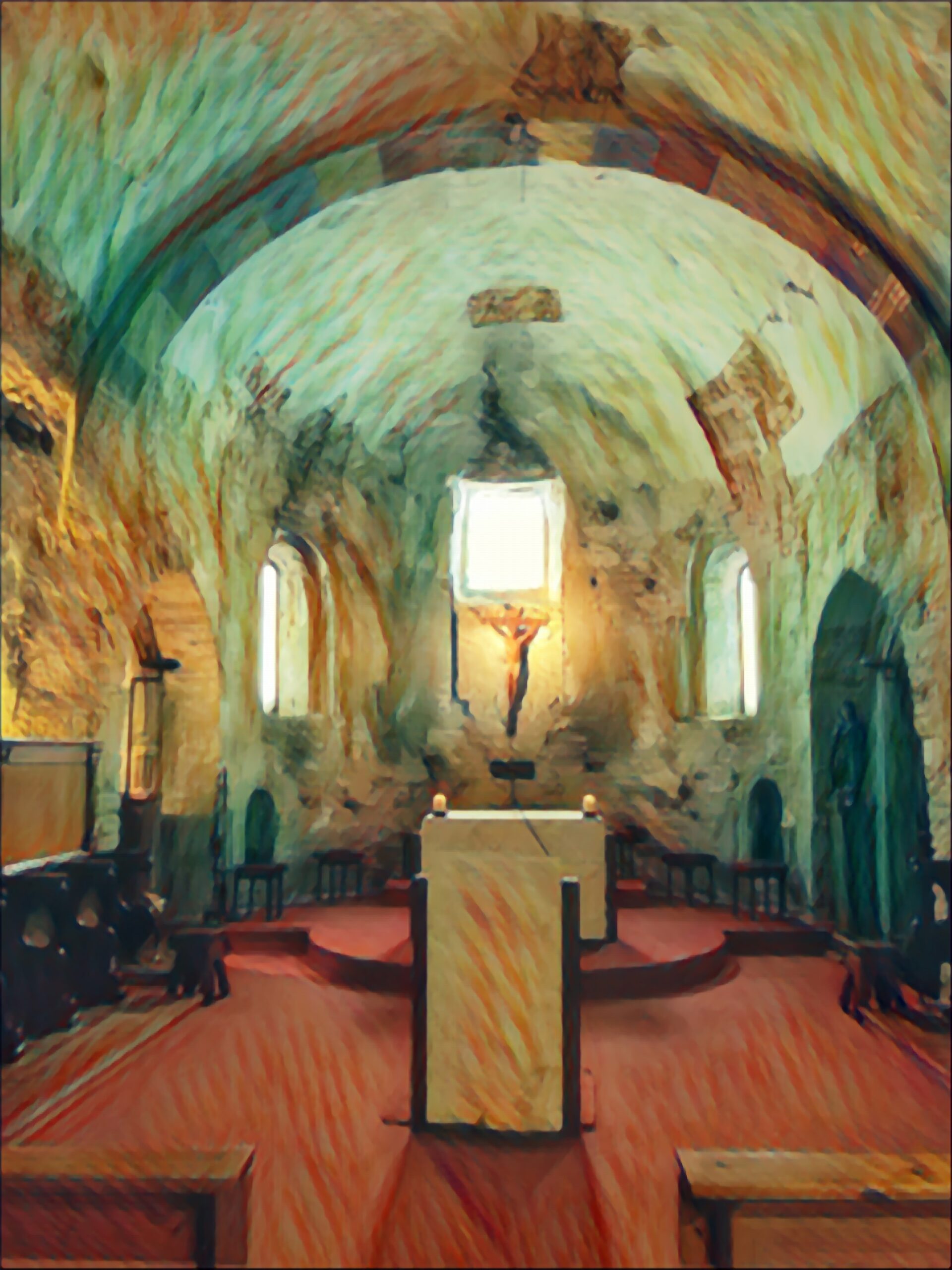By Santiago Explorer
For many, “Communion” may conjure images of solemn church services or ornate rituals. In the Catholic Church, Communion—also known as the Eucharist—is far more than a symbolic act; it is a central component of the faith.
What is Communion?
Communion in the Catholic Church involves the consecration and consumption of bread and wine, believed to become the actual body and blood of Jesus Christ. This belief is rooted in the doctrine of transubstantiation, where, during Mass, the bread and wine are transformed in substance, though not in appearance, into the body and blood of Christ.

Biblical Roots
The practice of Communion dates back to the Last Supper, as recounted in the New Testament. Jesus shared bread and wine with his disciples, instructing them to “do this in memory of me.” This moment is commemorated in every Mass, where the priest repeats Jesus’ words and actions.
The Celebration of Mass
The Celebration of Mass is just that. A celebration. And it is the central act of Catholic worship, including several key components:
Introductory Rites: The congregation gathers, and the priest leads them in prayers and confessions of sin, preparing their hearts for worship.
Liturgy of the Word: Readings from the Bible are proclaimed, followed by a homily (sermon) that explains the Scriptures.
Liturgy of the Eucharist: The priest consecrates the bread and wine, reciting Jesus’ words from the Last Supper. Catholics believe that at this moment, the elements become the body and blood of Christ.
Communion Rite: Catholics receive the consecrated elements, expressing their unity with Christ and one another.
The Significance of the Eucharist
For Catholics, the Eucharist is not merely a symbol but a real encounter with Christ. It is considered the “source and summit” of the Christian life, providing spiritual nourishment and strengthening the bond among believers.
Participation in Communion
Catholics must be in a state of grace to partake in Communion, meaning they should not have unconfessed mortal sins. Typically, children receive their First Communion around seven or eight, after appropriate catechesis (religious instruction). Before receiving Communion, Catholics are also required to fast for at least one hour.
Whilst genuinely welcome at any Mass, non-Catholics cannot normally partake in Communion but may instead receive a blessing. This is signalled by crossing arms across the chest when approaching the Priest or Eucharistic Minister.
This is because while other Christian denominations celebrate forms of Communion, the Catholic belief in transubstantiation is unique.
This doctrine underscores Catholics’ deep reverence for the Eucharist, which they view as a mystery of faith that defies human understanding.
Community and Unity
Communion also has a communal aspect. By participating in the Eucharist, Catholics express their unity with the entire Church, both locally and globally. It is a reminder that they are part of the body of Christ, called to live in love and service to others.
Communion in the Catholic Church is an act of worship that embodies the core of Catholic faith and practice. It is an encounter with the divine, a source of spiritual strength, and a powerful symbol of unity within the Christian community.
Buen Camino!
